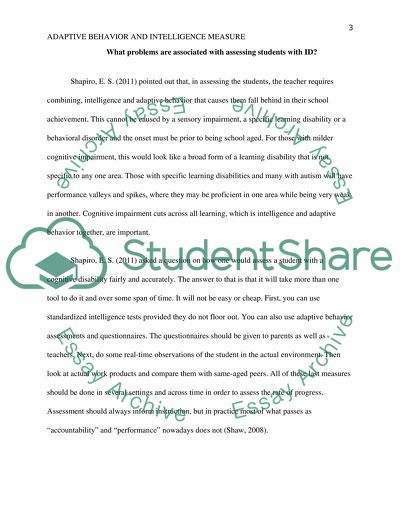Cite this document
(“Meanings of Intelligence and Adaptive Behavior Essay”, n.d.)
Meanings of Intelligence and Adaptive Behavior Essay. Retrieved from https://studentshare.org/education/1470618-meanings-of-intelligence-and-adaptive-behavior
Meanings of Intelligence and Adaptive Behavior Essay. Retrieved from https://studentshare.org/education/1470618-meanings-of-intelligence-and-adaptive-behavior
(Meanings of Intelligence and Adaptive Behavior Essay)
Meanings of Intelligence and Adaptive Behavior Essay. https://studentshare.org/education/1470618-meanings-of-intelligence-and-adaptive-behavior.
Meanings of Intelligence and Adaptive Behavior Essay. https://studentshare.org/education/1470618-meanings-of-intelligence-and-adaptive-behavior.
“Meanings of Intelligence and Adaptive Behavior Essay”, n.d. https://studentshare.org/education/1470618-meanings-of-intelligence-and-adaptive-behavior.


